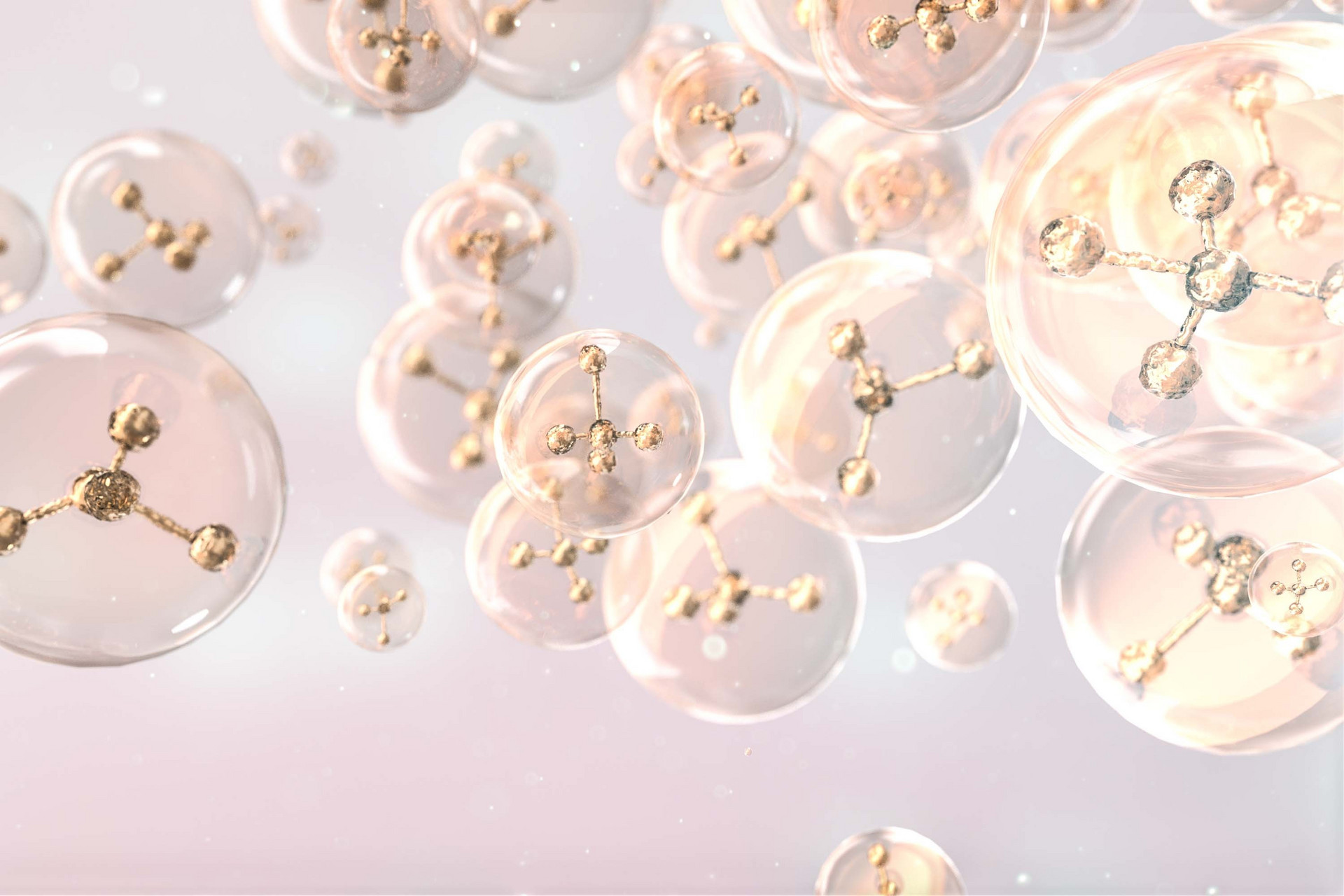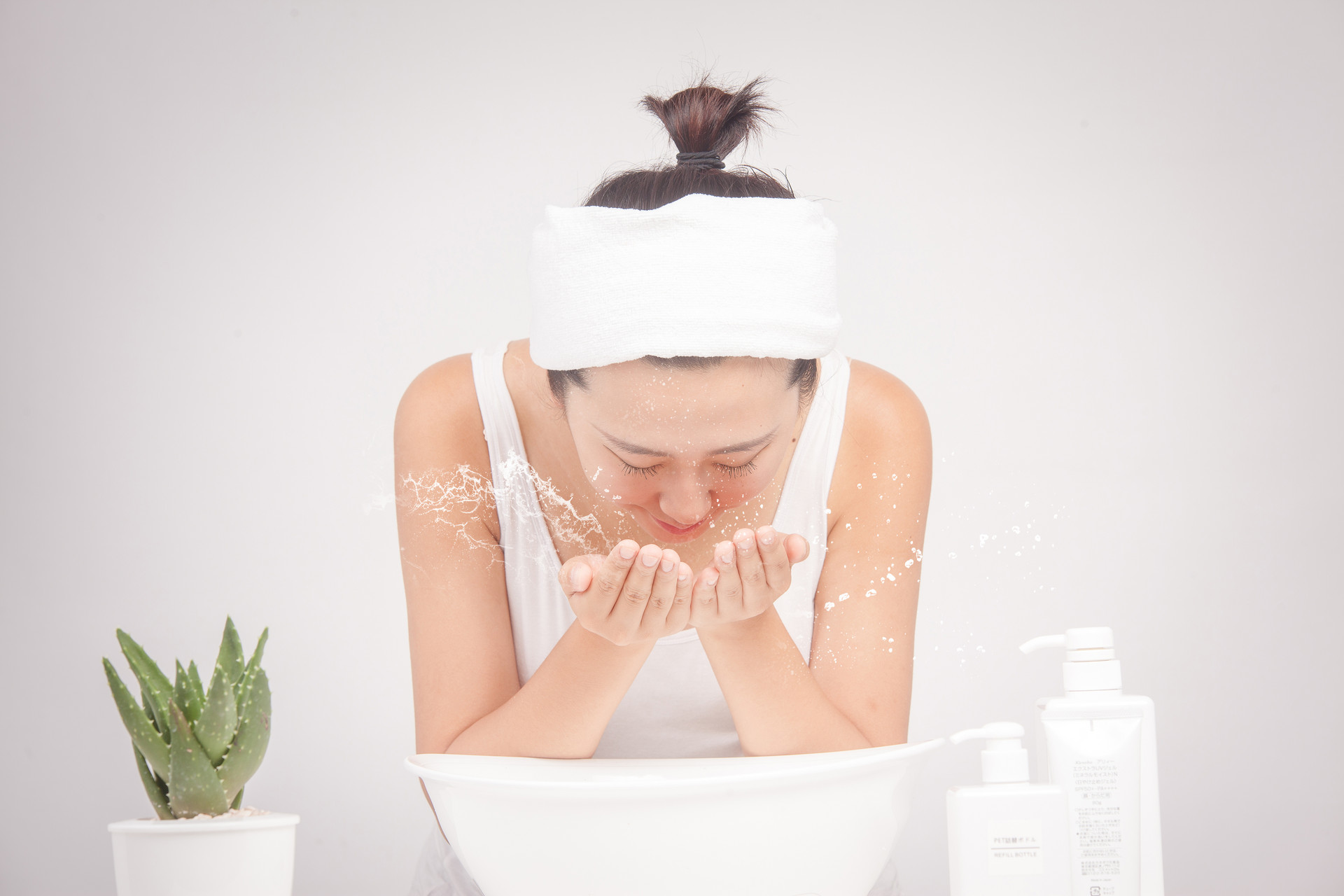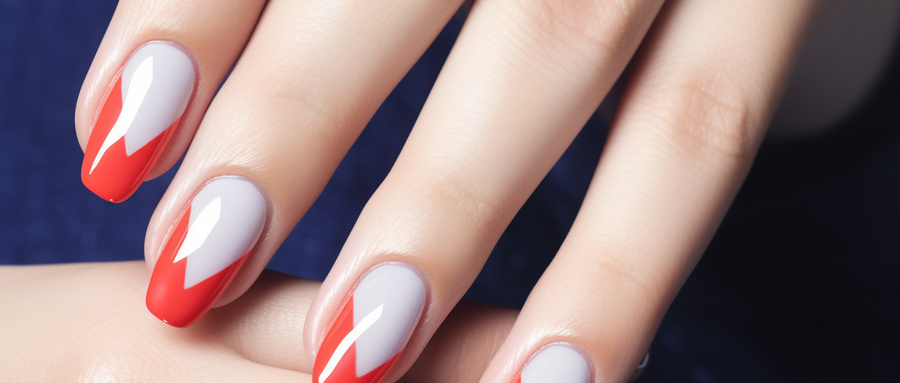- Home /
- Beauty and Skin Care /
- Contents
How to use sunblock
Everyone Is Watching
-
 Sunscreen Tips: Choosing the Right Method for Sun Protection
Sunscreen Tips: Choosing the Right Method for Sun ProtectionDon't just think that sunscreen is something you should do in the summer. In fact, you should do sunscreen all year round, and this is especially true in this cold season! If you don't pay attention
April 12, 2024 -
 Solutions for Facial Pigmentation: Expert Tips and Techniques
Solutions for Facial Pigmentation: Expert Tips and TechniquesPigmentation is the nemesis of women, and any beauty-conscious woman wouldn't want skin pigmentation. However, various issues cause these spots to appear on our faces. So, is there really no solu
April 9, 2024 -
 Importance of Sun Protection: Don't Underestimate the Power of UV Rays
Importance of Sun Protection: Don't Underestimate the Power of UV RaysSummer is coming soon, and the sun is getting hotter day by day. Many women are starting to prepare for sun protection. Speaking of sun protection, many people have a question: do we need sun p
April 9, 2024 -
 Unveiling Radiant Skin: Understanding and Addressing Facial Pigmentation
Unveiling Radiant Skin: Understanding and Addressing Facial PigmentationEvery woman pursues flawless skin, but lack of sleep and poor diet can cause hormonal imbalances in women, leading to the appearance of pigmentation. Therefore, getting rid of pigmentation becomes the
April 3, 2024 -
 6 Methods to Whiten Your Skin: Say Goodbye to Dullness
6 Methods to Whiten Your Skin: Say Goodbye to DullnessIt is said that women are made of water, and this statement is absolutely true. Proper care can make you look very elegant, but due to the inherent deficiencies of women, dull skin is often a head
January 29, 2024

Hot Picks
-
 1Benefits of Double Eyelid Surgery: Enhancing the Beauty and Vitality of Your Eyes
1Benefits of Double Eyelid Surgery: Enhancing the Beauty and Vitality of Your EyesHaving bright and vibrant eyes can greatly enhance one's appearance, but not everyone is born with perfect eyes. As a result, many people choose to undergo double eyelid surgery. So what are the bene
October 31, 2023 -
 2Choosing the Right Eyebrow Color: A Guide for a Natural Look
2Choosing the Right Eyebrow Color: A Guide for a Natural LookThe choice of eyebrow color is not simply based on personal preference. Generally, we can choose the eyebrow color that suits us based on our hair color or skin tone, in order to make the eyebrows lo
October 28, 2023 -
 3Precautions for Hair Transplantation: Post-Surgery Care Guide
3Precautions for Hair Transplantation: Post-Surgery Care GuideProper care after hair transplantation can help avoid damage to the transplanted hair follicles and promote hair growth. So what should be paid attention to after hair transplantation? Dietary pr
October 27, 2023 -
 4The Time it Takes: Aloe Vera Gel's Beauty Benefits Unveiled
4The Time it Takes: Aloe Vera Gel's Beauty Benefits UnveiledThere are many beauty benefits of aloe vera gel, such as acne treatment, spot reduction, skin whitening, and moisturizing. However, the time it takes for aloe vera gel to be effective varies dependin
October 26, 2023 -
 5Understanding the Factors Behind Greasy Skin: Genetic, Hormonal, Skincare, Diet, and Stress
5Understanding the Factors Behind Greasy Skin: Genetic, Hormonal, Skincare, Diet, and StressHaving greasy skin can be quite annoying, especially during hot summer weather. Before you try to control or reduce the oiliness, it's important to understand the reasons behind greasy skin. Gen
October 21, 2023

